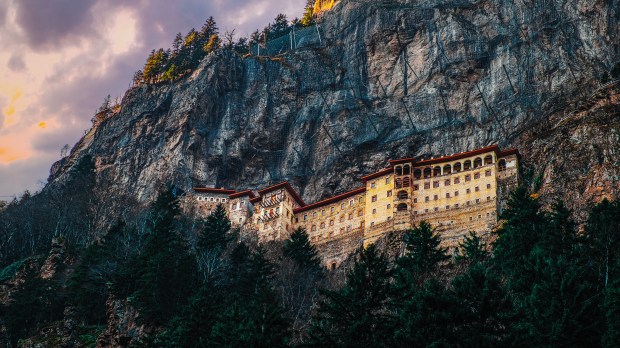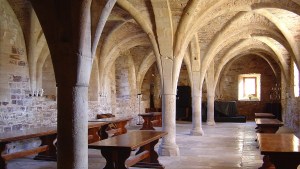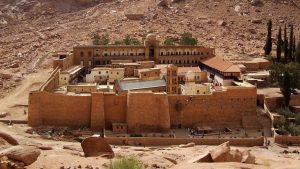As if hanging from the dramatic cliffs of Turkey’s Pontic Mountains, in the vicinities of the Black Sea, the Sumela Monastery is a monument to the history and legacy of Christianity in the region.
Established in the early Christian era, possibly as early as the 4th century, the monastery’s exact origins remain somewhat unknown. Tradition suggests the monastery was founded around 386 AD, during the reign of Emperor Theodosius I (375-395 AD), by two monks from Athens named Barnabas and Sophronios. Its renown stems from a revered icon of the Theotokos, known as the Panagia Gorgoepikoos – “She who is quick to hear.” Legend claims this icon was painted by the Apostle Luke himself.
Sumela’s unique architectural style reflects its cliffside setting. A series of buildings, chapels, and living quarters were constructed over many centuries, organically adapting to the uneven terrain. The monastery’s most striking feature is its impressive facade, a multi-storied structure seemingly clinging to the cliff face. The interior walls are (or, more accurately, were) profusely adorned with frescoes depicting biblical narratives and saints. The frescoes of the monastery are seriously damaged due to vandalism – and still, these remains provide a profound visual experience for pilgrims.
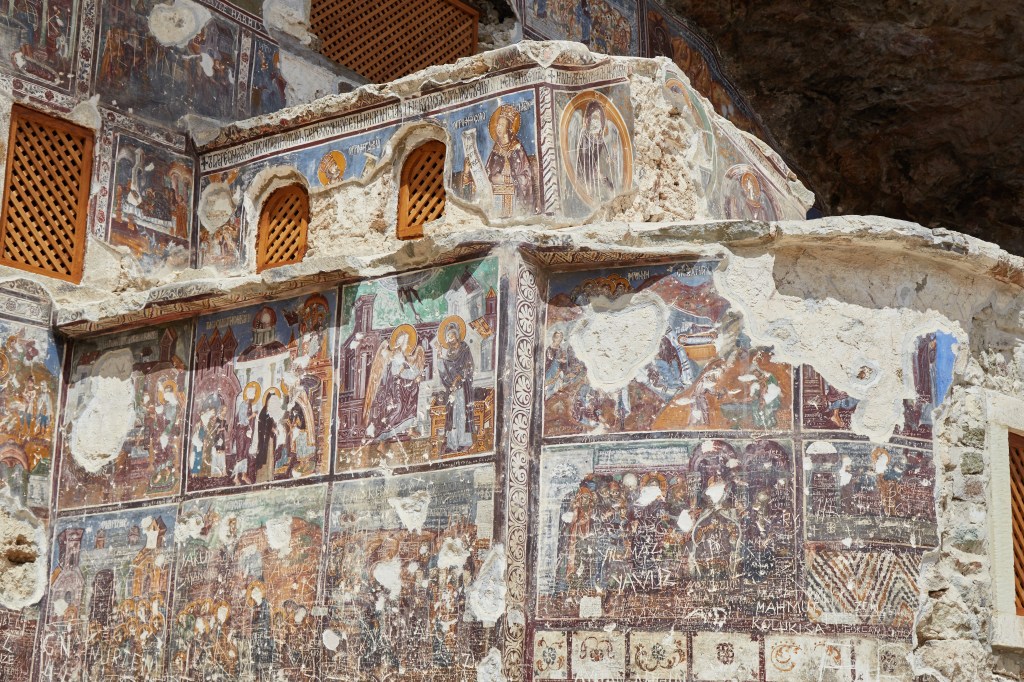
Sumela Monastery thrived for centuries within Greek Orthodoxy as a prominent center for learning, worship, and artistic production. However, and following the population exchange between Greece and Turkey in the early 20th century, the monastery fell temporarily into disuse. Indeed, on September 22, 2015, the monastery closed for necessary safety renovations. The extensive restoration project took three years, with the monastery reopening to tourists on May 25, 2019. It continues to be a vital historical and touristic landmark in Trabzon.
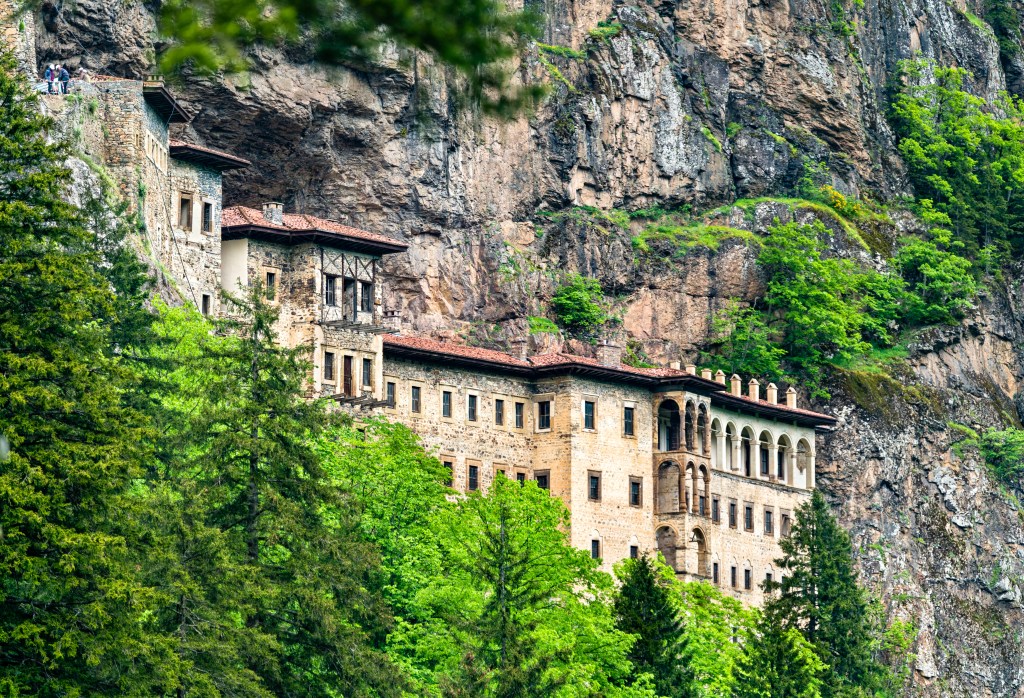
While the religious practices of the Greek Orthodox Church differ from those of Latin Catholicism, Sumela Monastery stands as a testament to the enduring power of faith and the artistic expressions it inspires. Its historical significance lies in its role as a pilgrimage site, a center of learning, and a captivating example of Byzantine architecture, offering a window into the rich Christian heritage of the region.
